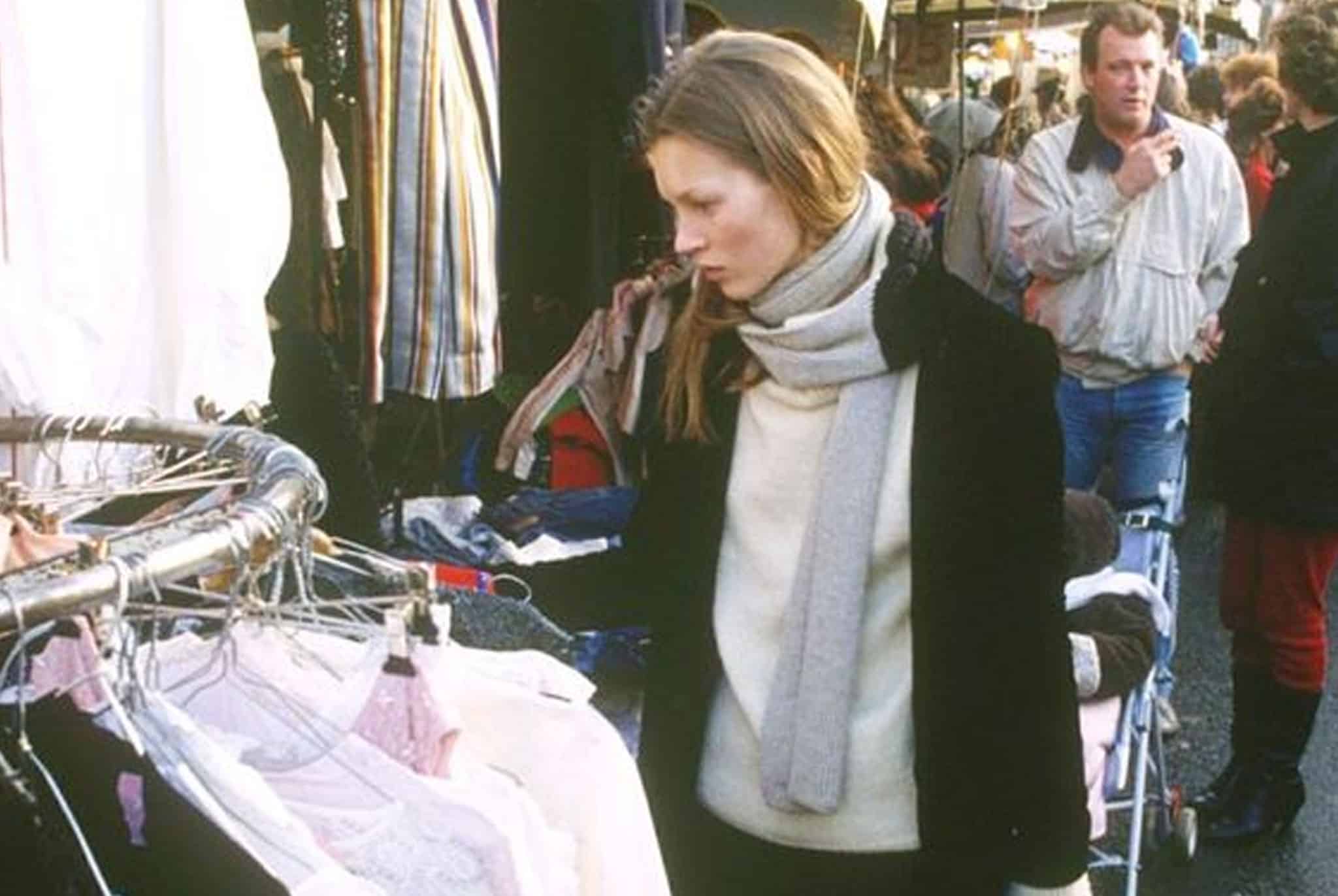
We've all reached the point of wanting to do better for the planet, specifically when it comes to the way we shop for clothes. Just scrolling through TikTok when searching "fast fashion impact," leaves you with terrifying images of piles and piles of clothing in the ocean. There is a lot of conflicting information out there regarding how to shop in a way that's best for the planet. From greenwashing to de-influencing, it's difficult to know which brands are genuinely trying to do something positive for the environment and what the red flags are to look out for, but we're here to give you some tips on the best way to go about sustainable clothes shopping.
Check the label
A good rule of thumb is to opt for clothes with natural fibres and fabrics such as cotton, linen, silk, wool, hemp etc. These fabrics can go the longest without being washed. In turn, the clothes will last the longest in your closet as long as you care for them accordingly. When these clothes do eventually reach their expiry date, you will be able to dispose of them sustainably as they are biodegradable and recyclable.
In between fibres
There are some fibres that lie in the in-between. Viscose is a fibre derived from wood pulp and treated with sodium hydroxide and carbon disulfide. The process of creating it is wasteful and pollutes the environment, and contributes to deforestation. Ultimately though, this fabric is biodegradable, which is better than a fabric like polyester which stays around for a lot longer. A recent stride towards sustainability is Eco Vero which uses a more environmentally-minded low impact production process. These are known as semi-synthetic fabrics which is the term used to describe fibresüthat come from biodegradable sources, but are produced using chemicals. Tencel, Acetate, and Lyocell are all semi-synthetics.
Source eco-fabrics
The production of fibre is important to understand for sustainable clothes shopping. There are some eco-fabrics that are more sustainable than others. Looking out for GOTS (global organic textile standard) will have the most stringent global requirements on textile production. There are some alternative fabrics to look out for too. When shopping for silk, go for Ahimsa silk which does not kill the silkworm. New materials such as mushroom and pineapple leather can be good replacements for vegan leather which is typically made from petroleum-derived-plastic
It's about more than just the fabric
Of course, the way to be totally sustainable is not to buy anything new. But clothes are a big part of our daily lives instead of abstaining completely, exercise resistance. Don't buy into trends, invest in your personal style that will still fit into your wardrobe in two years time, and hopefully for decades to come. There are many tricks available to weed out poor purchasing decisions. Sitting on something for a while feels like a safe bet to make your decision. I've also heard of making the item your screensaver so you see it whenever you look at your phone. If you still like it 3 months without hating it, you will probably feel the same about it as time goes on.
What to look out for
Recycling or upcycling clothes sounds like a really positive sustainable option, but sometimes it can be more of a drain on resources than giving the item away. If you're trying to turn something made of polyester into something else, it may do more harm than good. The energy wasted to make the new thing will use up more resources for something that can't be recycled anyway. Other fabrics like cotton-poly blend T-shirts should stay in circulation as they won't age as quickly.
If you're wanting to give clothes a second life by shopping secondhand, a few things could help determine the life of the garment. Look for straight stitching, and bonded seams (which is when a piece of fabric has been used to cover the raw edge of the seams). For denim, make sure the inner and outer seams are double-stitched. Looking out for these things will make sure the garments can be worn for longer without needing repairs.
Lastly, making sure you're following the label's specific instructions on how to care for your clothes is your best bet for keeping them alive. Familiarizing yourself with the washing symbols is very useful. Following the piece's instructions on whether or not the piece needs to be dry-cleaned is important too. A delicate wash and line dry is the best way to clean clothes sustainably. Learn a few sewing tricks, invest in a tailor, buy some good quality basics, buy some black dye if things go astray.
Now that you know how to shop sustainably, here's how to donate your clothes responsibly.
Image: Source



